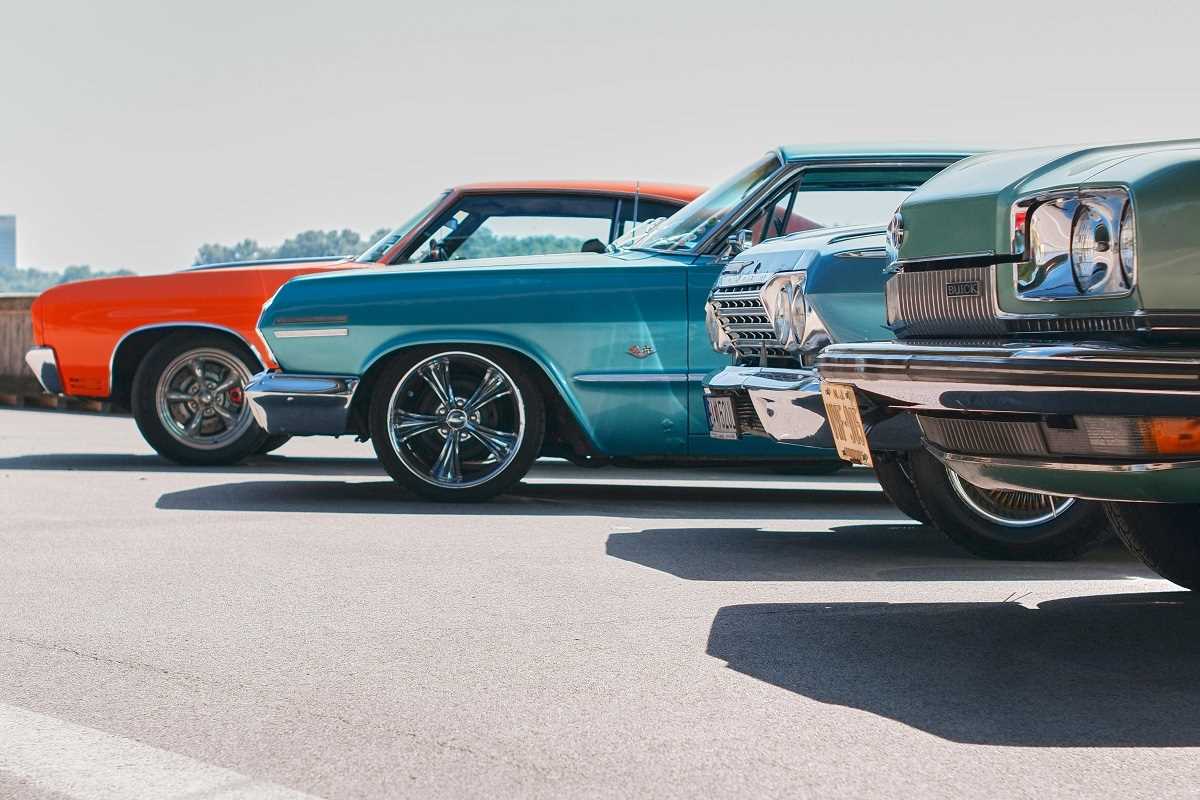A vintage car isn't just a means of transportation; it's a tangible connection to a bygone era, a testament to automotive craftsmanship and design. Whether you're behind the wheel of a stylish Mustang from the 1960s or the epitome of elegance, a 1950s Cadillac, safeguarding your cherished vehicle is of utmost importance. Navigating the intricate landscape of insurance for classic cars might initially feel daunting, but gaining a clear understanding of the available options empowers you to make wise choices. By doing so, you ensure that your beloved automobile remains protected, preserving both its value and your peace of mind.
Understanding Vintage Car Insurance
- Agreed Value Coverage: This ensures you receive a pre-agreed amount in case of total loss, eliminating depreciation concerns.
- Limited Mileage: Policies may restrict annual mileage, reflecting the lower usage typical of vintage cars.
- Storage Charges: Coverage can include protection while the vehicle is stored, not just when it's on the road.
- Classic Car Garage: Some insurers offer certified garages for repairs to maintain the car's authenticity.
- Flexible Usage: Options for occasional use versus regular driving allow you to tailor the policy to your needs.
Types of Vintage Car Insurance Coverage
- Comprehensive Coverage: Protects against non-collision-related damages such as theft, vandalism, or natural disasters.
- Liability Insurance: Covers bodily injury and property damage you may cause to others while driving your vintage car.
- Collision Coverage: Pays for repairs to your vehicle if it sustains damage in a collision, regardless of fault.
- Agreed Value Policies: Provides a set amount agreed upon with the insurer, ensuring fair compensation without depreciation deductions.
- Roadside Assistance: Offers services like towing and emergency repairs, which can be invaluable for older vehicles.
Factors to Consider When Choosing Insurance
Selecting the right insurance policy involves evaluating various insurance options to find coverage that aligns with your specific needs. Consider the following:
- Coverage Needs: Assess the level of protection required based on how often you drive your vintage car and where you store it.
- Cost: Balance the premium costs with the benefits offered to ensure you receive value without overspending.
- Provider Reputation: Research the insurer’s track record for customer service and claim handling to ensure reliability.
- Policy Flexibility: Look for policies that allow customization, such as adding roadside assistance or adjusting coverage limits.
- Special Offers: Some insurers may provide discounts for joining classic car clubs or installing security features.
Comparing Insurance Providers for Vintage Cars
For car collectors, choosing the right insurance provider can make all the difference. Here’s how some top providers stand out:
- Hagerty: Known for its specialized coverage and extensive network of classic car experts, Hagerty offers tailored policies that cater specifically to vintage vehicle enthusiasts.
- AARP Advantage: Provides competitive rates for older drivers who own classic cars, with benefits that include roadside assistance and flexible coverage options.
- The Hartford: Offers customizable policies with options for agreed value coverage and supports a wide range of classic car models.
- Chubb: Known for its premium service and comprehensive coverage, Chubb is a strong choice for high-value vintage cars requiring extensive protection.
- State Farm: While traditionally a general insurer, State Farm provides classic car insurance through partnerships, offering reliable coverage backed by a reputable company.
Tips for Getting the Best Insurance Deal
Securing the best insurance deal for your vintage car requires a combination of research and proactive steps:
- Join Classic Car Clubs: Membership can provide access to exclusive discounts and valuable resources for insurance.
- Enhance Security: Installing alarms, tracking devices, or secure storage can lower your premium by reducing the risk of theft or damage.
- Maintain Accurate Records: Keeping detailed records of your car’s history, maintenance, and any modifications can facilitate smoother claims and accurate valuations.
- Compare Multiple Quotes: Don’t settle for the first offer. Comparing quotes from several insurers helps you find the most competitive rates.
- Bundle Policies: Combining your vintage car insurance with other policies, like home or motorcycle insurance, can lead to significant discounts.
- Choose Higher Deductibles: Opting for a higher deductible can lower your premium, but ensure you can afford the out-of-pocket cost if a claim arises.
Protecting your vintage car with the right insurance remains essential for any enthusiast. By understanding the available options and carefully considering your specific needs, you can ensure that your classic vehicle stays protected for years to come.
 (Image via
(Image via





